The landscape of Spain’s Asturios principality, set amid the Cantabrian Mountains on the country’s north coast, is both spectacular and forbidding.
Winters are cold, with snow present from October and May and rain lacing the winter winds with a high chill factor.
This might explain, in some way, why Nicolas Parronda is serving tapas and Asturias cider from a bagpipe-like vessel to a crowded bar of Sunday lunchtime stand-up diners in Madrid.
Three generations of the Parrondo family worked the coalmines of Asturias before Nicolas decided to escape the coal dust and bring the food and drink of a region known for its apples to the Spanish capital.
The most famous regional dish is fabada asturiana, a rich stew typically made with white beans, pork, chorizo and saffron. It is on the menu at Casa Parrondo – which locals refer to as the unofficial embassy of Asturios. Traditionally tapas bars tend serve the food of the region associated with its owner.
Asturias’ traditional alcoholic drink sidra; is a naturally fermented cider that is never refrigerated. It is bottled without gas, so the bottle must be held above the head allowing for a long vertical pour, which requires a considerable skill that Nicholas has mastered. The long pour causes the cider to be aerated when it splashes into the glass below.
The glass is passed around and everyone is careful to drink from a different part of the glass.
Tapas have spread a long way beyond Spain, but in the country of its birth the tradition remains strong and engaging.
On Sundays, family groups replace the business types who frequent the bars during the working week. “In Madrid, people enjoy tapas before Sunday lunch because it is a good way to meet their friends and neighbours. We don’t entertain at home, only the priest and the doctor are encouraged into the home,” says Parrondo.
Most tapas bars will offer a complimentary morsel of food when a customer buys a first or second drink. For those with a larger appetite and wallet, raciones are a bigger portion of the tapas of the day and are generally enough for a couple to share.
Tucked away in a small laneway off the Plaza Mayor – once a bull ring and now one of Madrid’s most vibrant squares – Angel Palono, owner of La Torre del Ora tapas bar was once a banderillero, one of the toreros who attempts to place barbed darts in the top of the bull’s shoulder while running as close to the bull as possible.
He has decorated his bar with the heads of famous bulls, and photographs, some gruesome, of bullfighters that came to a sticky end.
One of the house specialties is boquerones en vinagre, anchovies soaked in wine vinegar overnight so that they turn white, before being served with olives and parsley.
At the Las Bravas tapas restaurant close to Plaza Santa Ana, I try pig’s ear with paprika, and move on to cod and spinach omelet but pass on the black pudding. I do, however, take up the offer of another Spanish tradition and sip vermouth with my tapas.
At La Trucha in Nunez De Arce, one of several tapas bars squeezed into the small streets around Plaza Santa Ana, owner Manuel Fernandez Gonzalez prides himself on running what he calls “traditional tapas from the real Madrid”. His specialties include an Arab recipe – trout pickled in herbs and served cold with bread – and griddled artichoke, offered from the end of October to March when the artichoke hearts are their best.
Iberian ham legs (Jamón Iberico) – distinguished by their black hooves – hang from the back of the bar, eyed by hungry La Trucha customers who consume entire hams in just one and a half days. The owner says, “We produce the same amount of Iberian ham as we did in the 1920s but it has become very expensive since the Japanese discovered it and the Americans were allowed to import it. There is huge demand.”
Iberian ham from pigs fed exclusively on acorns is called bellota, while ham from artificially fed animals is called recebo.“Like Beluga caviar or Kobe beef, Jamon Iberica is the ultimate of its kind,” says the man at La Trucha.
Iberian pigs live around Salamanca, and in parts of Portugal. In the wild they forage in woodlands on roots and keep lean by travelling long distances in search of water. Some 60 days before slaughter they begin a diet exclusively of acorns that adds 25 percent to their body weight.
Their skin takes on the oily shine from the acorns and the ham itself is marbled with rich golden fat infused with the flavour of acorns. It glistens as it is cut. Serrano and proscuittio hams become drier as they are cut.The ham is sliced paper thin off the bone by ham cutters who are trained for six months to achieve the required skill.
Ham can be cured for several years after which they are hung in temperature-controlled cages, such as the one at the Meson Cinco Jotas restaurant, where hams from Joselito near Salamanca – considered to be the finest – are hung at the back of the restaurant.“There is a waiting list for these hams. You can ask any price for it,” says our waiter, who recommends a dry sherry to accompany a plate of jamon iberica.
Other recommended spots for tapas include the terrace on a Sunday morning at El Viajero, on Plaza de la Cebada and Taberna Matritum on Cava Alta, where the tomato bread, potatoes and cheese is a family favourite. And while it’s not a true tapas bar, Mercado de San Miguel, close to Plaza Mayor, is a not-to-be-missed experience. Perfect for a quick snack of oysters, cheese, ham or bread. Stalls sell fruit, fish, ham, beer and wine at moderate prices.
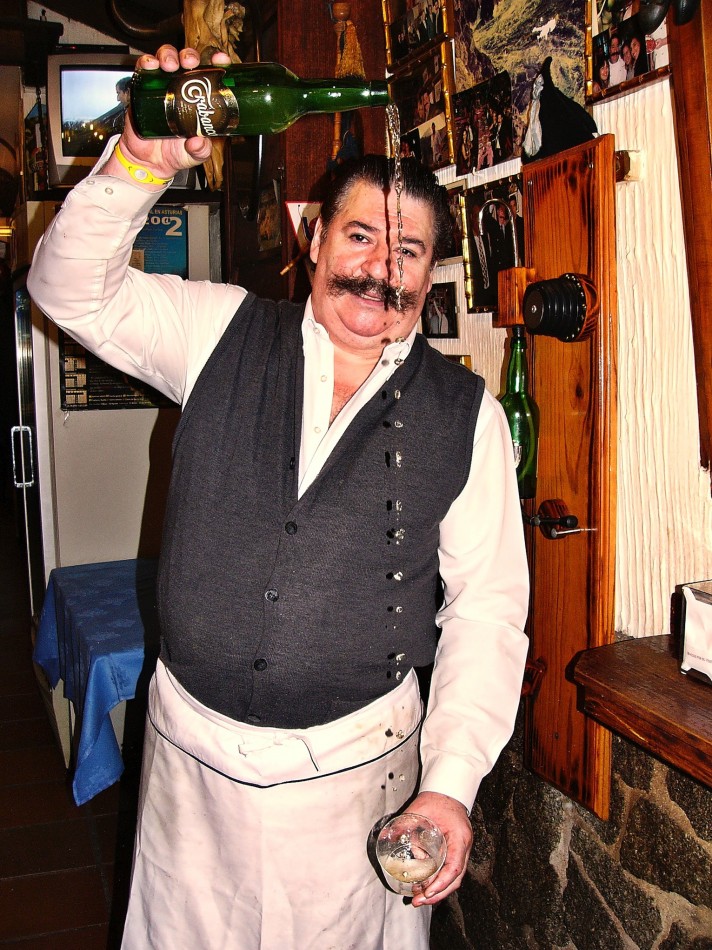
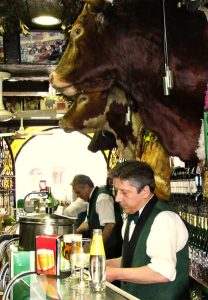
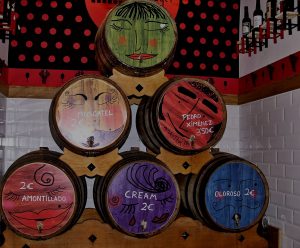

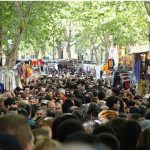

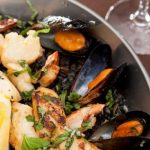

With any doubt Madrid is the best city for “salir de tapas”. In Valencia we have the best rice, in Basque Country the best meat, in Galicia the best shelfish….but the best tapas: Madrid.
The Basque Country doesn’t have the best tapas because we took it to the next level and renamed them. Here they are called “pintxos.” I invite anyone visiting Spain to come to San Sebastian and enjoy an evening tasting these small gastronomical masterpieces in the Old Town. It will for sure be an unforgettable experience!